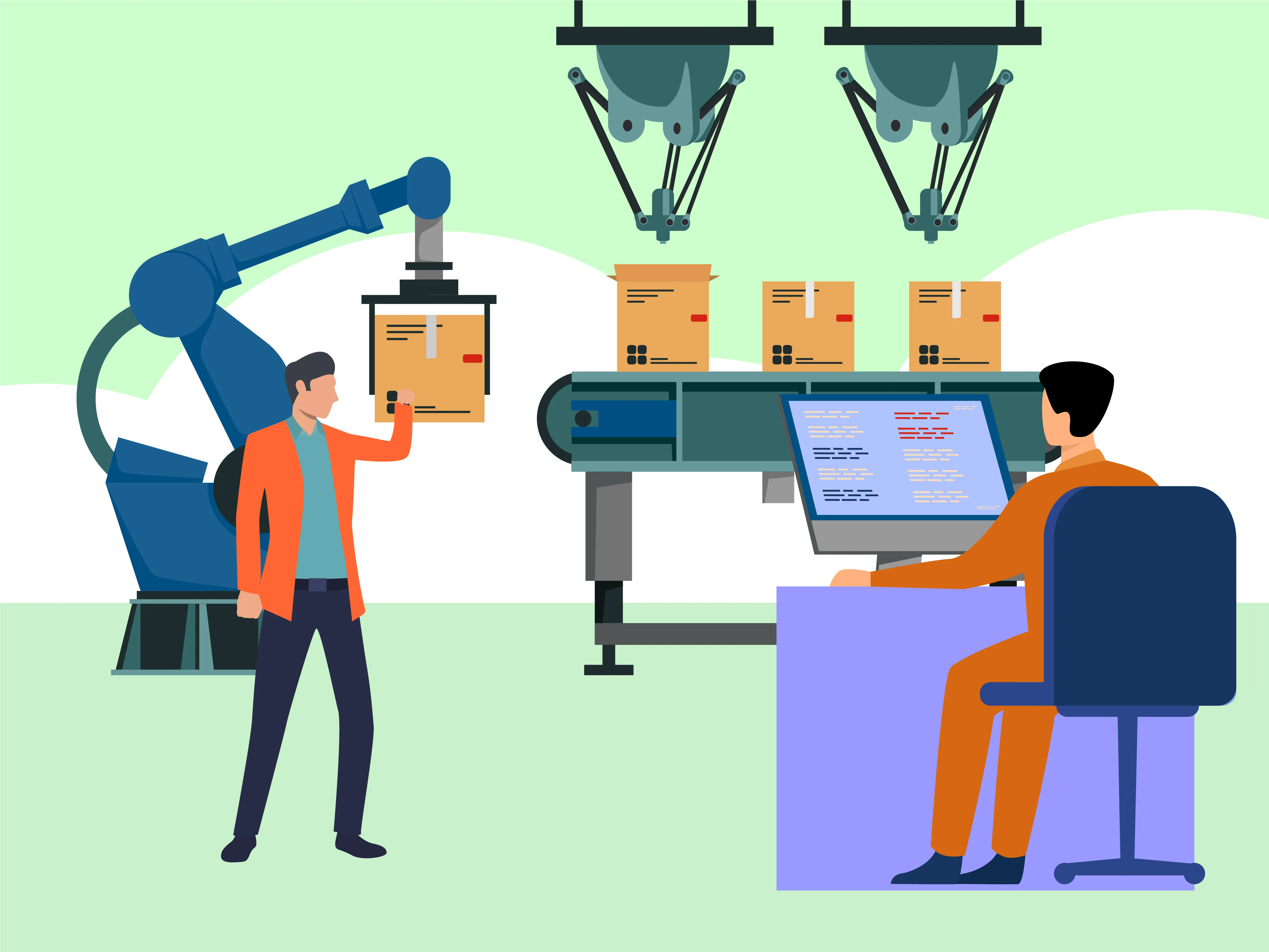The delivery of efficient and individualized healthcare has become more and more dependent on drug-device combination (DDC) solutions as the pharmaceutical and medical device sectors continue to merge. By combining a medication with a medical device component, these products—which range from pre-filled syringes and inhalers to transdermal patches and auto injectors—promise convenience, increased patient compliance, and specific therapeutic results.
A distinct set of technological and regulatory issues is also brought about by this convergence, especially with regard to labelling. Correct labelling is essential for patient safety, regulatory compliance, and the proper handling, administration, and disposal of combination goods by users and healthcare professionals. We discuss the intricate web of technological and legal obstacles that manufacturers have when labelling DDC goods in this article, as well as how the sector may adapt to this changing need. To support this, the Pharma Packaging & Labelling Forum organized by World BI brings together suppliers and manufacturers, enabling them to find the ideal partners for their packaging and labelling needs.
The Complexity of Regulatory Structures:
Dual Regulatory Oversight:
- The overlapping domains of drug and device regulatory bodies present one of the biggest obstacles to the labelling of medication-device combinations.
- It may be necessary for a single DDC product to meet the standards of both the Center for Devices and Radiological Health (CDRH) and the Center for Drug Evaluation and Research (CDER).
- Combination product labelling is impacted by both the Medical Device Regulation (MDR) and Regulation (EU) 2019/6 for medicinal medicines in the European Union.
- Confusion over relevant standards, approval schedules, and content requirements may arise from the combination of medication and device labelling obligations under several regulatory paths.
For example, the Office of Combination Products (OCP) of the Food and Drug Administration (FDA) in the US is responsible for regulating combination products.

Diverse International Requirements:
- Producers that want to sell DDC goods internationally must comply with regional labelling regulations, which include local contact details, barcoding standards, safety symbols, and language translations.
- Maintaining regulatory compliance while achieving market harmonization is still very difficult and requires a carefully planned worldwide regulatory approach.
Difficulties with Format and Content:
Harmonizing Device and Medication Data:
- The label must clearly convey information about the medicine and the device, such as dose, administration methods, device instructions, cautions, and disposal procedures.
- It may be quite difficult to strike the correct balance between thoroughness and clarity without overwhelming the consumer.
- A lack of information increases the danger of abuse or non-compliance, whereas too much information might lead to misunderstanding.
Useful Instructions (IFU):
- Particularly with DDCs given by patients, the IFU is an essential part of labelling.
- It must be made to serve a wide range of users, such as caregivers, elderly patients, and those with little health literacy. IFUs with poor design have been connected to treatment failure, adverse events, and device overuse.
- IFU development increasingly relies on human factors engineering (HFE), which necessitates iterative design and usability testing to guarantee user safety and comprehension.
Traceability, Serialization, and UDI Compliance:
Identification of Unique Devices (UDI):
- UDI (Unique Device Identification) is a global project that helps prevent counterfeiting and guarantees traceability for devices and combination goods.
- In a number of areas, such as the US and the EU, UDI systems are now required, and combination items that contain a device component must adhere to UDI labelling guidelines.
- The UDI must be placed on the product by the manufacturer, either on the item itself, the primary packaging, or the paperwork that goes with it.
- Complexity is increased when UDI and conventional pharmaceutical serialization—such as 2D barcodes for medication traceability—must coexist on a single package.
Digital Labelling and E-Labelling:
- E-labelling, or electronic labelling, is becoming more popular as a solution to environmental limitations and changing regulatory preferences.
- Concerns about internet accessibility, end-user familiarity, and regulatory approval, however, continue to cause uneven adoption worldwide.
- The exploration of digital labelling formats requires manufacturers to strike a balance between innovation and compliance.
Storage and Packaging Limitations:
Small-Scale Real Estate:
- Auto-injectors, patches, and tiny inhalers are examples of DDCs that have little surface area available for printed labels.
- This makes it difficult to include the branding, instructions, and the required regulatory text.
- Although multi-layered labels (such as booklets and peel-off labels) and creative packaging designs are frequently used, they may raise the cost and complexity of production.
Multilingual Specifications:
- Labelling needs to provide information in several languages in multilingual markets like the EU or Canada.
- This reduces package space even more and raises the possibility of mistakes or misprints.
Anti-Counterfeiting Technology Integration:
- Pharmaceutical counterfeiting is still a problem throughout the world, particularly for expensive combination products.
- To preserve product integrity and traceability, labels must now include cutting-edge security features like holograms, RFID/NFC tags, tamper-evident seals, or blockchain-enabled serialization.
- Packaging engineers, supply chain experts, and regulatory teams must work together to integrate these functionalities without sacrificing design, readability, or production efficiency.
Labelling Updates and Lifecycle Management:
- After being on sale, combination goods frequently alter because of modifications to the formulation, redesigns of the device, or revised usage guidelines.
- Changing labels in several international markets may be a laborious and logistically challenging process that calls for:
- Re-approvals by regulators.
- Revisions to IFUs.
- Recycling and repackaging.
- Alerting partners in the downstream supply chain.
Agile label management is an essential skill since a delay in applying necessary revisions may expose patients to out-of-date information.
Patient-Centered Aspects:
Inclusivity and Accessibility:
- Labelling nowadays needs to take into account a variety of user demands, such as those of people with cognitive decline, poor literacy, or visual impairments.
- Large letters, pictograms, QR codes that connect to educational films, and audio-guided directions are just a few examples of the patient-friendly forms that regulations are beginning to require.
Cultural and Behavioral Factors:
- Labelling should also reflect cultural sensitivities and behavioral complications in target markets.
For instance, user understanding and trust may be impacted by the tone, color schemes, and symbols employed, especially in self-administered treatments.
Towards the Future: Ideal Procedures:
A few crucial tactics should be implemented by pharmaceutical and device businesses in order to effectively manage these challenges:
- To foresee labelling needs, regulatory teams are included early in the product development process.
- Cross-functional cooperation across the legal, engineering, design, and quality departments.
- IFUs and labels are designed and tested with a user-centric approach using HFE concepts.
- Automation and digital technologies for compliance monitoring and label content management.
- Solutions for managing labels worldwide that allow for both local customization and centralized updating.

World BI Pharma Packaging & Labelling Conferences:
Drug-device combination labelling is essential for user engagement, product safety, and commercial success in addition to being a regulatory requirement. Companies must reconsider how they create, maintain, and update labels across product lifecycles in light of more complex regulatory regulations and patient expectations. Navigating the future of combination product labelling will need investments in strong regulatory knowledge, patient-centered design, and digital innovation. Exclusive gatherings are organized by the Pharma Packaging and Labelling Conference, which provides a platform for distinguished leaders, Artwork Professionals, and Industry experts from different companies to come together with the common goal of promoting worldwide knowledge.
For more information, kindly visit World BI.